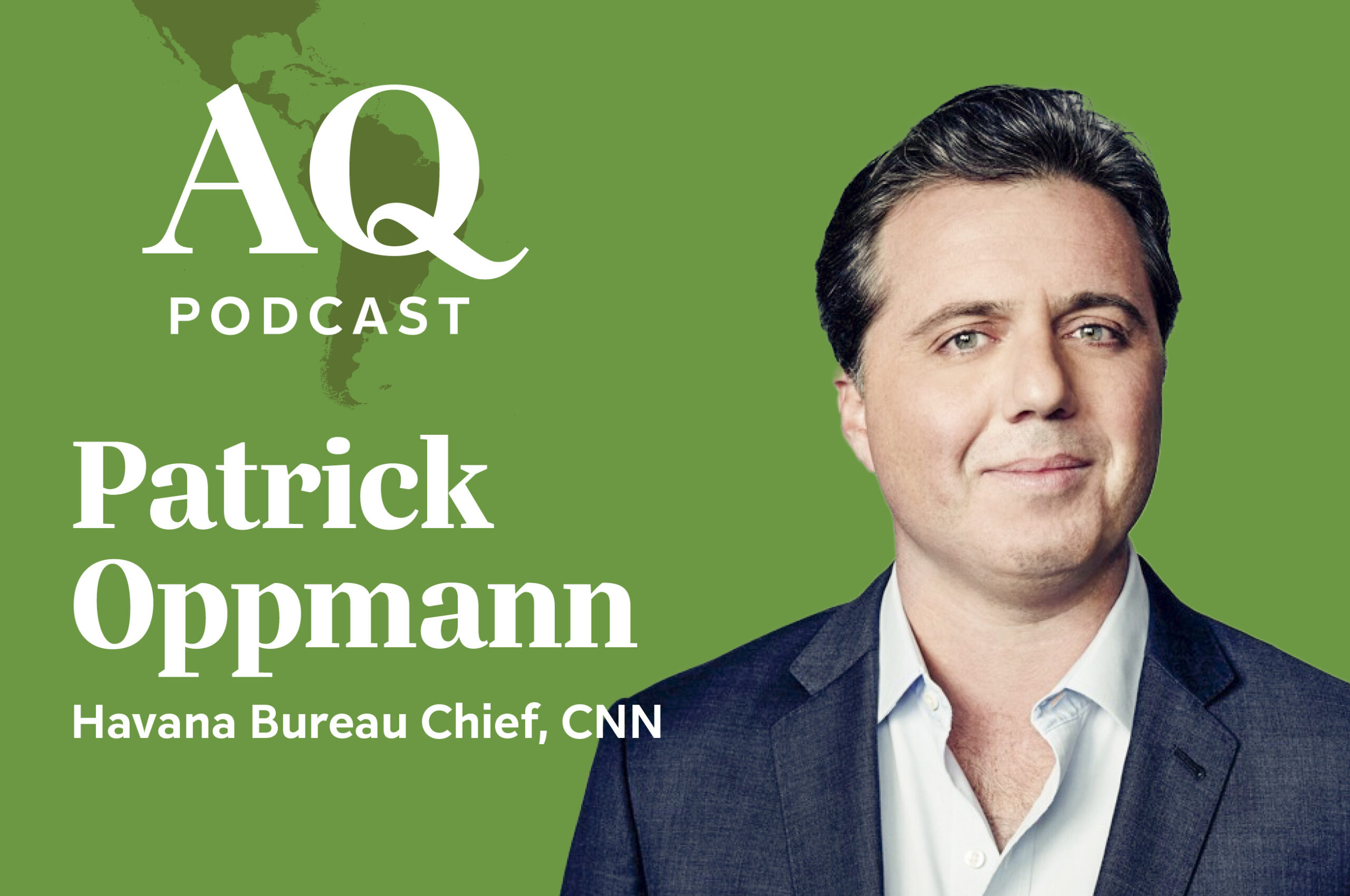Five Points on Mexico's 2015 Midterm Election Results
Five Points on Mexico's 2015 Midterm Election Results
An independent candidate made history in the state of Nuevo León, but the governing party is set to pick up the most Chamber of Deputies seats, explains AS/COA’s Carin Zissis.
Updated June 8, 2015 - On June 7, Mexico held midterms, in which all 500 seats in the lower house of Congress were up for election, as were nine governorships, 17 state legislatures, and scores of local mayorships for a total of more than 2,100 posts nationwide.
AS/COA Online Editor-in-Chief Carin Zissis, based in Mexico City, explores the key takeaways from the election.
1. In a historic outcome, an independent candidate won the governorship of Nuevo León, a crucial state.
Thanks to a 2012 constitutional reform, June 7 marked the first midterm election open to independent candidates. One of them, Jaime “El Bronco” Rodríguez, was, at the time of this report, the virtual winner of the governorship of Nuevo León—arguably the most important state up for grabs on this Election Day and home to the business hub of Monterrey. With 91 percent of the vote counted, Rodríguez had 48.9 percent of the vote, exceeding the expectations of poll forecasts and trouncing his closest rival, Ivonne Álvarez of the governing Institutional Revolutionary Party (PRI), who earned 23.6 percent of the vote. El Bronco rode to the finish line on a wave of discontent for politics as usual. With news coming in that he was the likely winner, the two-time survivor of assassination attempts announced intentions of conducting an investigation into the current government, saying: “We’re going to get back what belongs to the state, because millions were embezzled.”
The significance of Rodríguez’ victory reminds many of Vicente Fox’s in 2000, when the latter won the presidency and broke the PRI’s decades’ long hold on the office. At the same time, some have questioned how Rodriguez, who conducted much of his campaign through social media and text messages, will work with traditional parties.
2. Out with the old, in with the new: Key political party shifts and MORENA on the rise.
Nuevo León wasn’t the only place to see change. The governorship of Guerrero, a state plagued by security woes in recent years, fell from the hands of the left-leaning Democratic Revolution Party (PRD) and into those of the PRI. A minor party known as Citizen’s Movement beat out the PRI to snatch up the mayoralty in Guadalajara, one of Mexico’s largest cities. And the newest party on the scene, the National Regeneration Movement (known as MORENA) splintered off the PRD under the leadership of ex-Mayor of Mexico City and one-time (and quite possibly future) presidential candidate Andrés Manuel López Obrador. With 16 delegations up for grab in the capital, MORENA snatched up five seats from the PRD, including in the key downtown delegation of Cuauhtémoc. In fact, after the three major parties of the PRI, National Action Party (PAN), and the PRD, Morena took the fourth-largest portion of votes in the lower house of Congress.
3. And yet, the more things change, the more they stay the same: The PRI will take the largest portion of seats in the Chamber of Deputies.
Despite an independent candidate making history and political shifts in other locations, the governing PRI stands to take the most of the 500 seats in the Chamber of Deputies.
Some of the PRI’s wins can be measured by the losses of the PAN and PRD, both of which have been plagued by infighting. With 84 percent of votes counted, PRI candidates held 28.8 percent of the votes, the conservative PAN took 20.8 had percent, and the PRD just 10.7 percent. It’s likely that the PRD suffered losses to MORENA, which snagged 8.6 percent of the vote. The Green Party, regarded as corrupt and allegedly violating election rules right up through June 7, had 7.1 percent of the vote. Given the Green Party’s alliance with the PRI, the governing party is slated to have the largest bloc of votes in the Chamber. El Universal forecasts the PRI picking up between 196 and 203 seats and the Green Party taking between 41 and 48. A minor allied party known as the New Alliance is expected to get between nine and 12 seats.
4. Turnout outpaced that of recent midterms and a voto nulo campaign made limited impact.
Despite reports of voter discontent and the fact that participation among the country’s 83.6 million voters failed to hit 50 percent, the turnout was the highest for a midterm since 1997. At roughly 48 percent, the June 7 was higher than the 41.7 percent in 2003 and 44.7 percent in 2009. Moreover, although some prominent Mexican intellectuals supported a movement for voto nulo (a blank or defaced ballot, usually submitted in protest) and some 10 percent of voters said they’d consider using it, the voto nulo tally was roughly around 5 percent.
5. A teachers' union came out a winner in the June 7 vote.
A little over a week before the elections, the government of President Enrique Peña Nieto chose to suspend a crucial part of the country’s education reform: teacher evaluations. In spite of that, a radical teachers’ union known as the National Coordinator of Educational Workers (CNTE) still opted to carry out its threat to boycott the elections and prevented more than 400 voting centers from opening across the country. In the state of Oaxaca, tensions ran so high that the Organization of American States suspended election monitoring. The day after elections, the Secretariat of Education said that "suspended" did not mean "canceled" and that the evaluations would resume.









